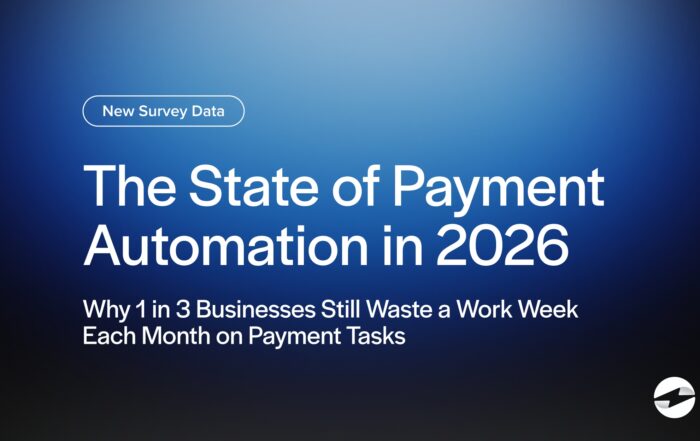What is an invoice?
An invoice is a document a seller sends to a buyer to request payment for goods or services. It includes what was sold, how much it cost, payment terms, and the due date. Think of it as a bill that tells customers what they owe and when they need to pay. Invoices are important for businesses because they help track sales, manage cash flow, and serve as legal records for accounting and taxes.
Without invoices, keeping track of payments would be a nightmare. Businesses could lose track of outstanding balances, leading to missed payments. Customers could also get away with easily disputing charges because there would be no clear documentation. It would be the payee’s word against the payer’s. The lack of structure would make cash flow unpredictable and financial management much more challenging.
Key Points
- Invoicing is essential for business operations. Invoices track sales, manage cash flow and serve as legal records for accounting and taxes.
- Clear and professional invoices help with timely payments. A well-organized invoice with details like payment terms, product descriptions, and due dates can improve cash flow and avoid payment delays.
- Invoices and receipts serve different purposes. Invoices are sent to request payment before they are made, while receipts confirm payment after they are received.
How to make an invoice
Sending invoices in person or online is part of getting paid, and making an invoice doesn’t have to be complicated. Here’s a simple step-by-step:
- Add your business information – Include your company name, logo, address, and contact details. You can use your full name instead of a business name if you’re a freelancer.
- Include customer details – Write down the buyer’s name or business name along with thier contact information.
- Assign an invoice number – This helps with organization and tracking. Most businesses use a numbering system like INV-001, INV-002, etc.
- List the products or services – Be clear about what you charge for. Include descriptions, quantities, unit prices, and the total amount.
- Specify payment terms – State how and when the payment is due. Two common terms are “Net 30” (payment due in 30 days) or “Due upon receipt.”
- Include payment details – Mention how the customer can pay (bank transfer, credit card, PayPal, etc.). If applicable, include your bank details.
- Add any necessary taxes or fees – Depending on your location, you might need to charge sales tax or other fees.
Many businesses use invoicing software like QuickBooks, FreshBooks, or even simple templates in Excel or Google Docs to make the process easier.
How to send an invoice
Once your invoice is ready, you need to send it to your customer. Here are the most common ways:
- Email – This is the fastest and most common method. Attach a PDF version of the invoice and include a polite message in the email.
- Accounting Software – Many invoicing tools allow you to send invoices directly from the platform and track when they’ve been viewed.
- Mail – Some businesses still send paper invoices, especially for formal transactions or when required by law.
- Customer Portals – If you work with larger companies, they may have a vendor portal where you submit invoices for processing.
Regardless of the method, always follow up if the payment isn’t made by the due date. A friendly reminder can help avoid late payments.
Difference between an invoice and receipt
Although they seem similar, invoices and receipts serve different purposes:
| Feature | Invoice | Receipt |
|---|---|---|
| Purpose | Request payment | Confirm payment received |
| Sent when? | Before payment is made | After payment is made |
| Contains due date? | Yes | No |
| Acts as proof of purchase? | No | Yes |
If you hire a graphic designer, they’ll send you an invoice requesting payment for their work. Once you pay, they may provide a receipt confirming the transaction.
Invoices are important to running a business, ensuring smooth payment processes, and keeping financial records in order. Whether invoicing a client for services or a company for products, a clear and professional invoice builds credibility while ensuring timely payments.
Frequently Asked Questions
What is a proforma invoice?
A proforma invoice is a preliminary invoice sent before a sale is finalized. It outlines the estimated cost of goods or services but isn’t a formal payment request.
For example, if a supplier ships goods internationally, they might issue a proforma invoice so the buyer knows the expected cost, including shipping and taxes. The buyer can then approve the details before receiving a final invoice.
You May Also Like
Read More
QuickBooks Payments Fees vs. Lower-Cost Alternatives: 2026 Guide
Read More
EBizCharge Listed as a 2025 Construction Executive Top Construction Technology Firm
Read More
Read More



